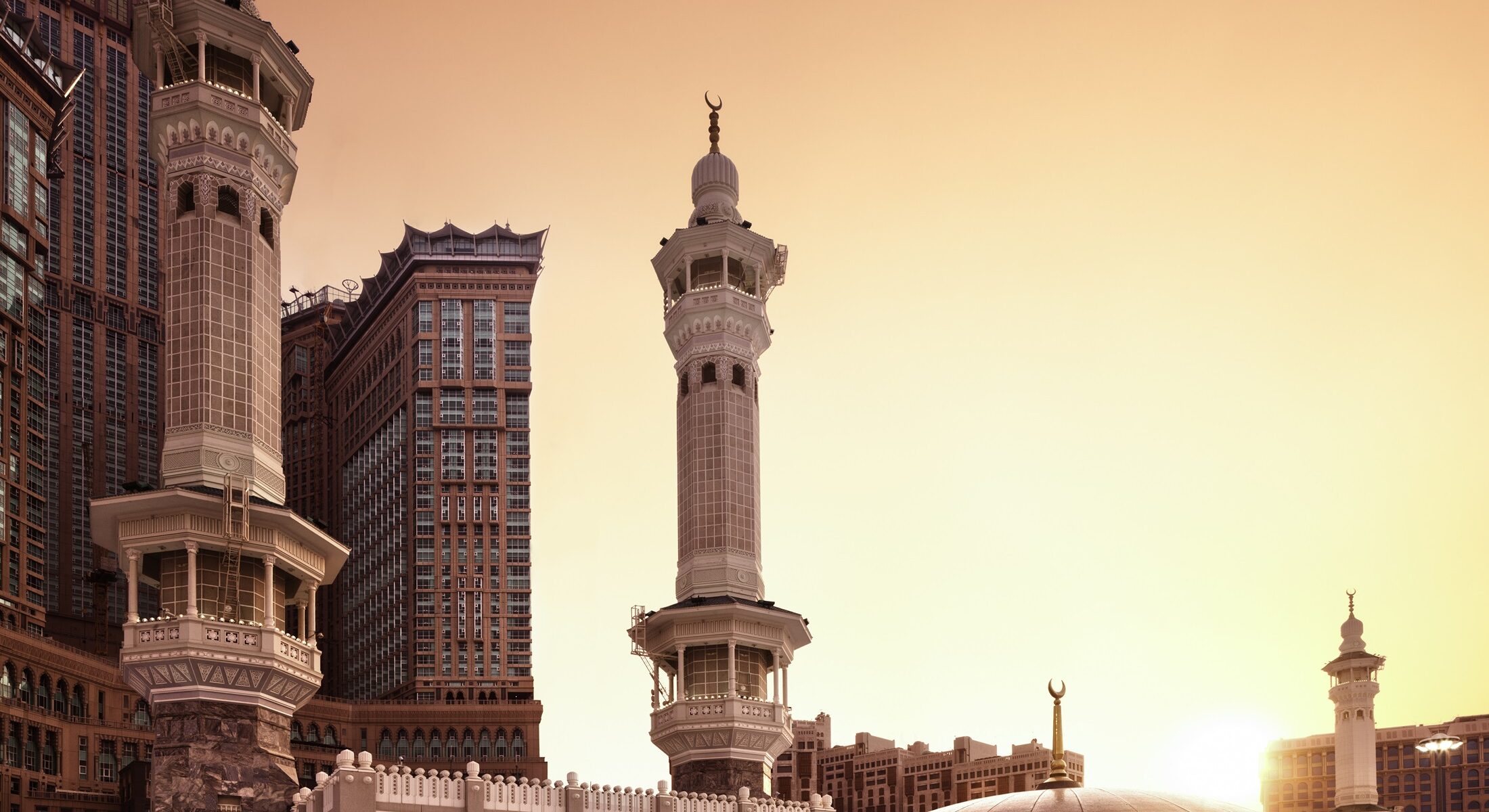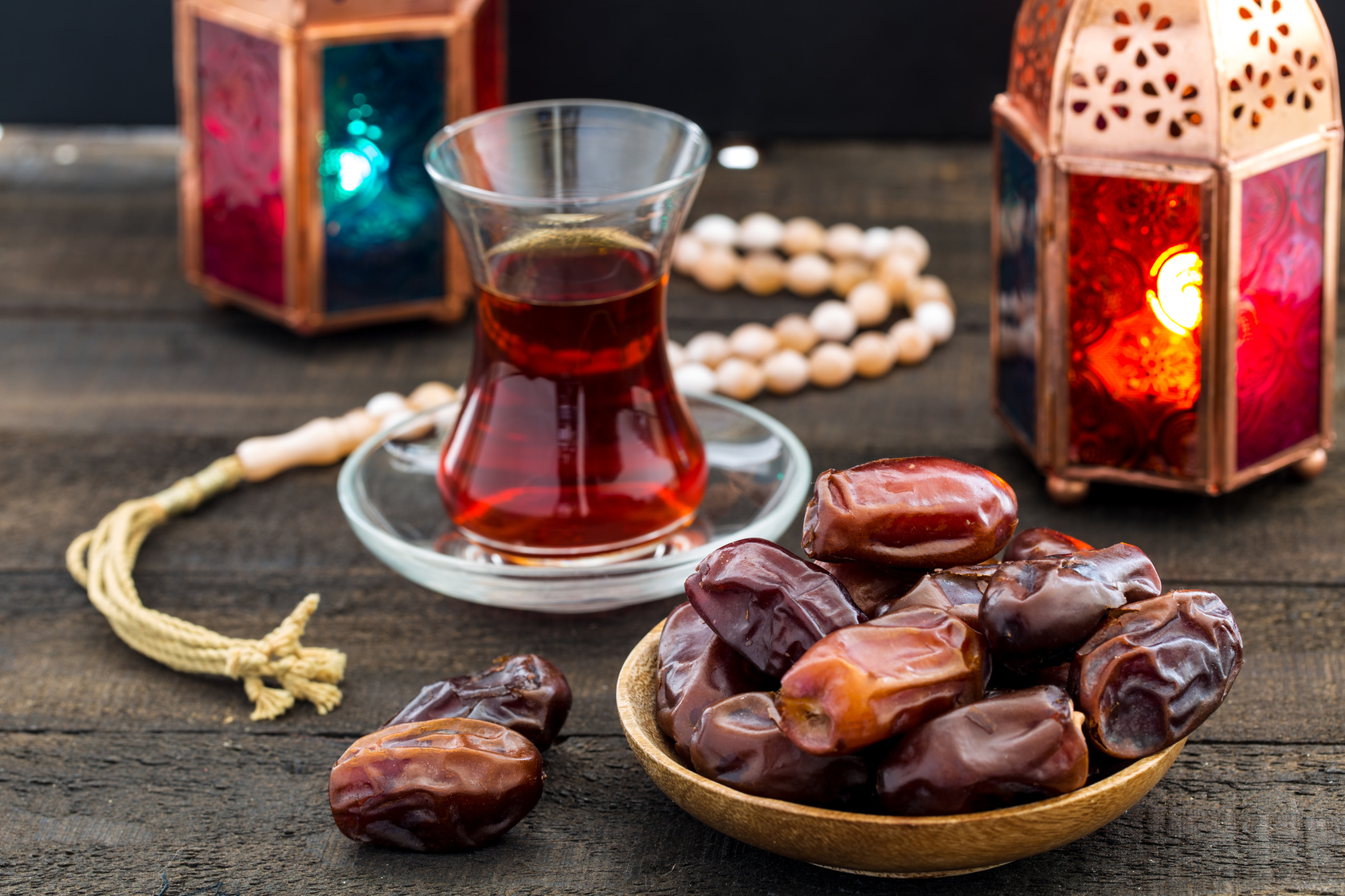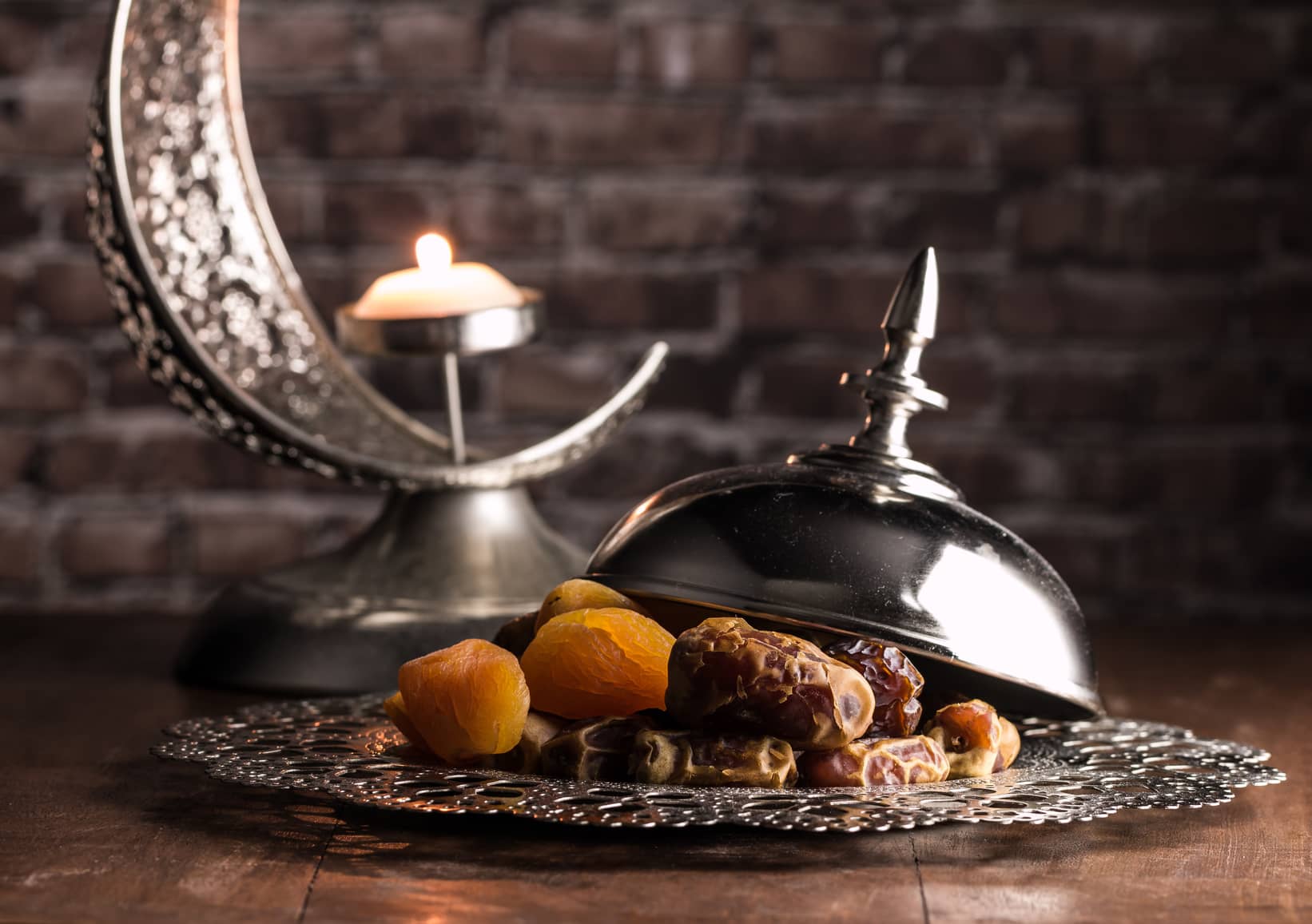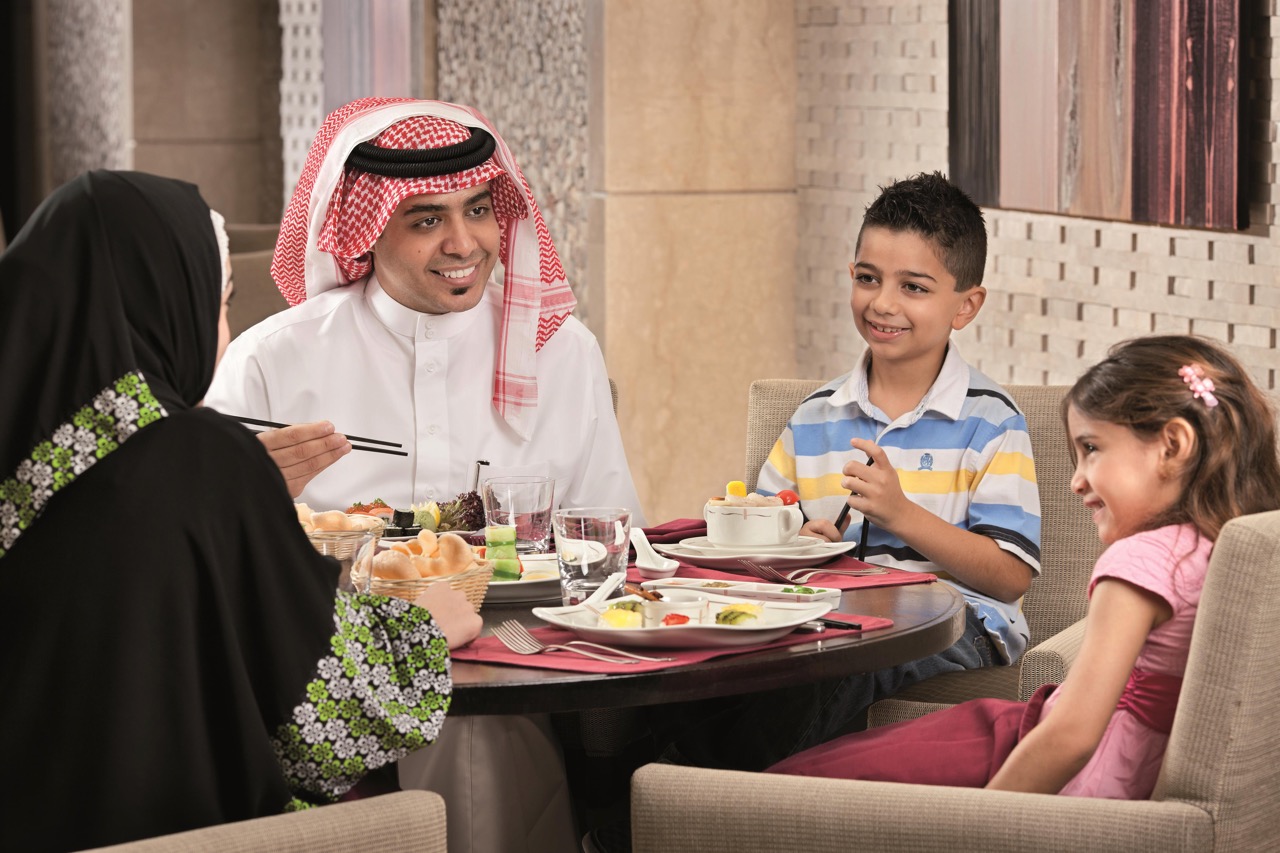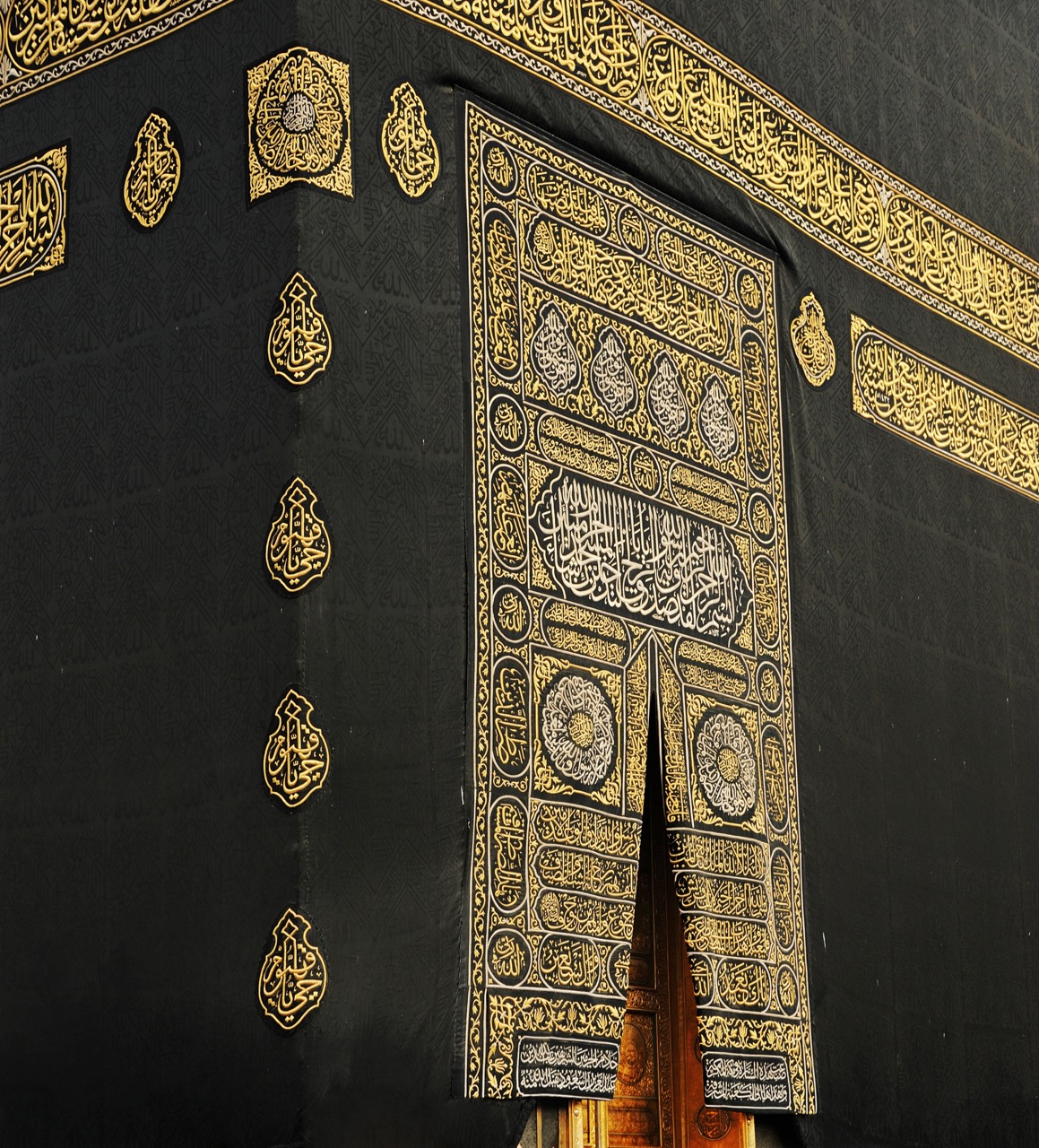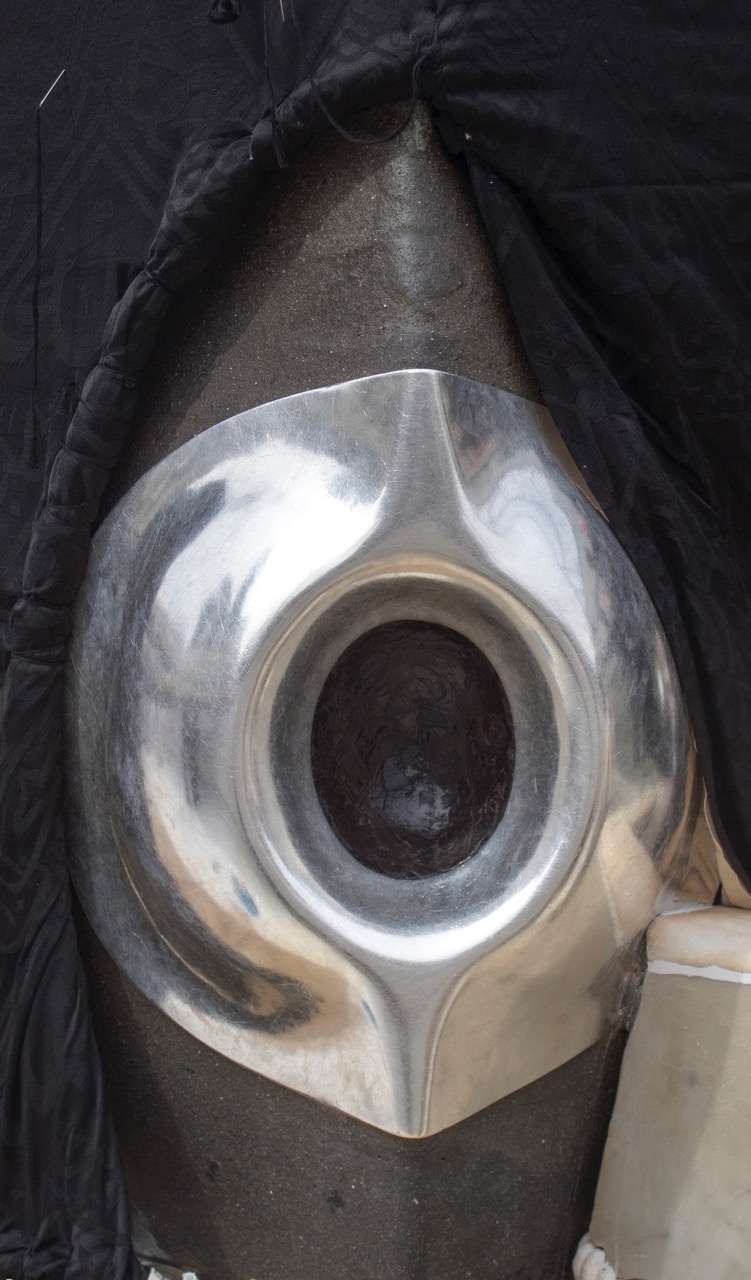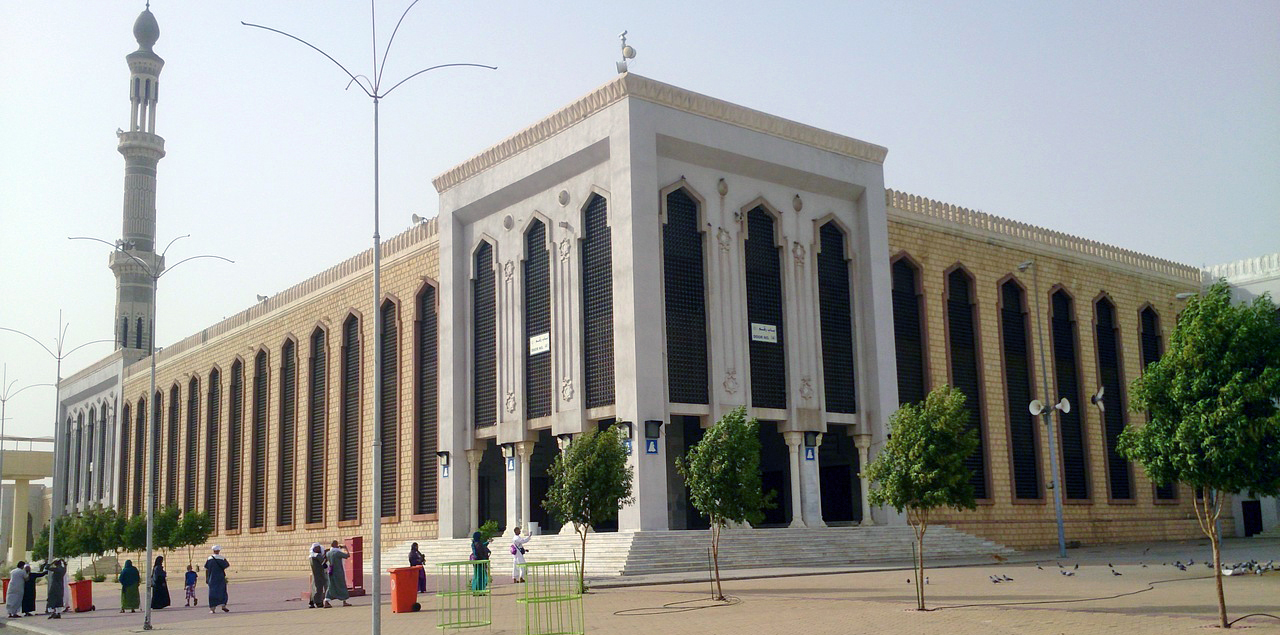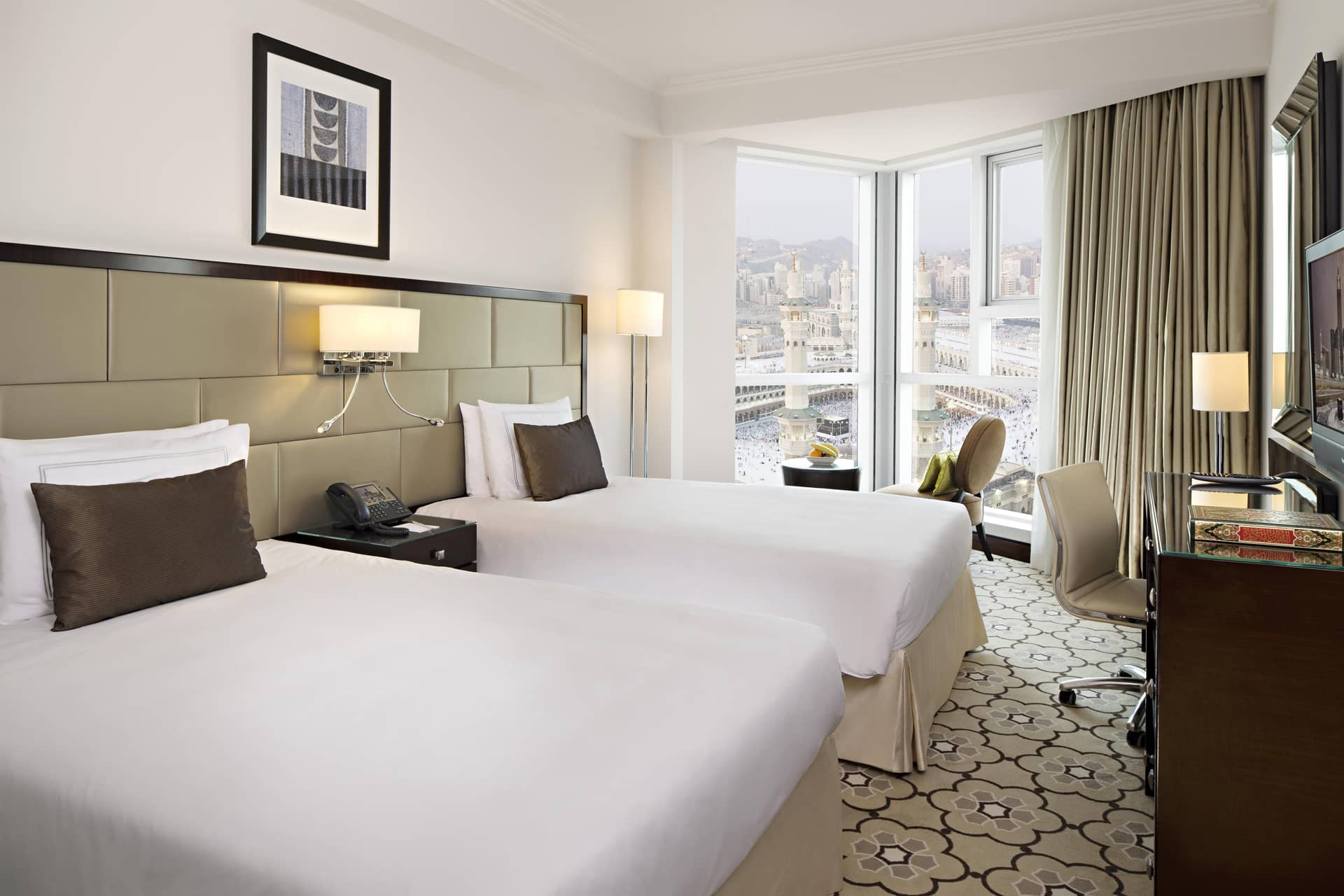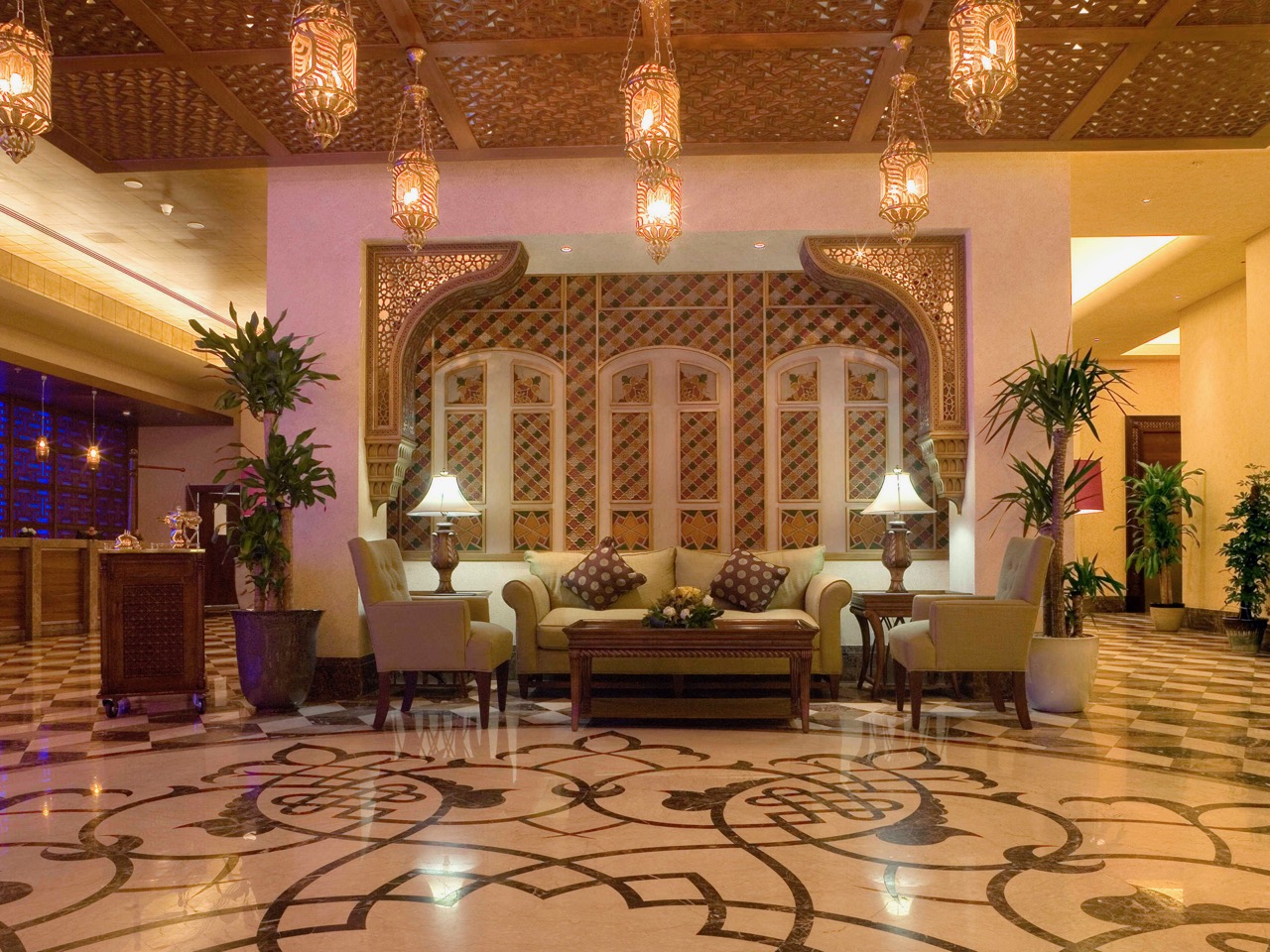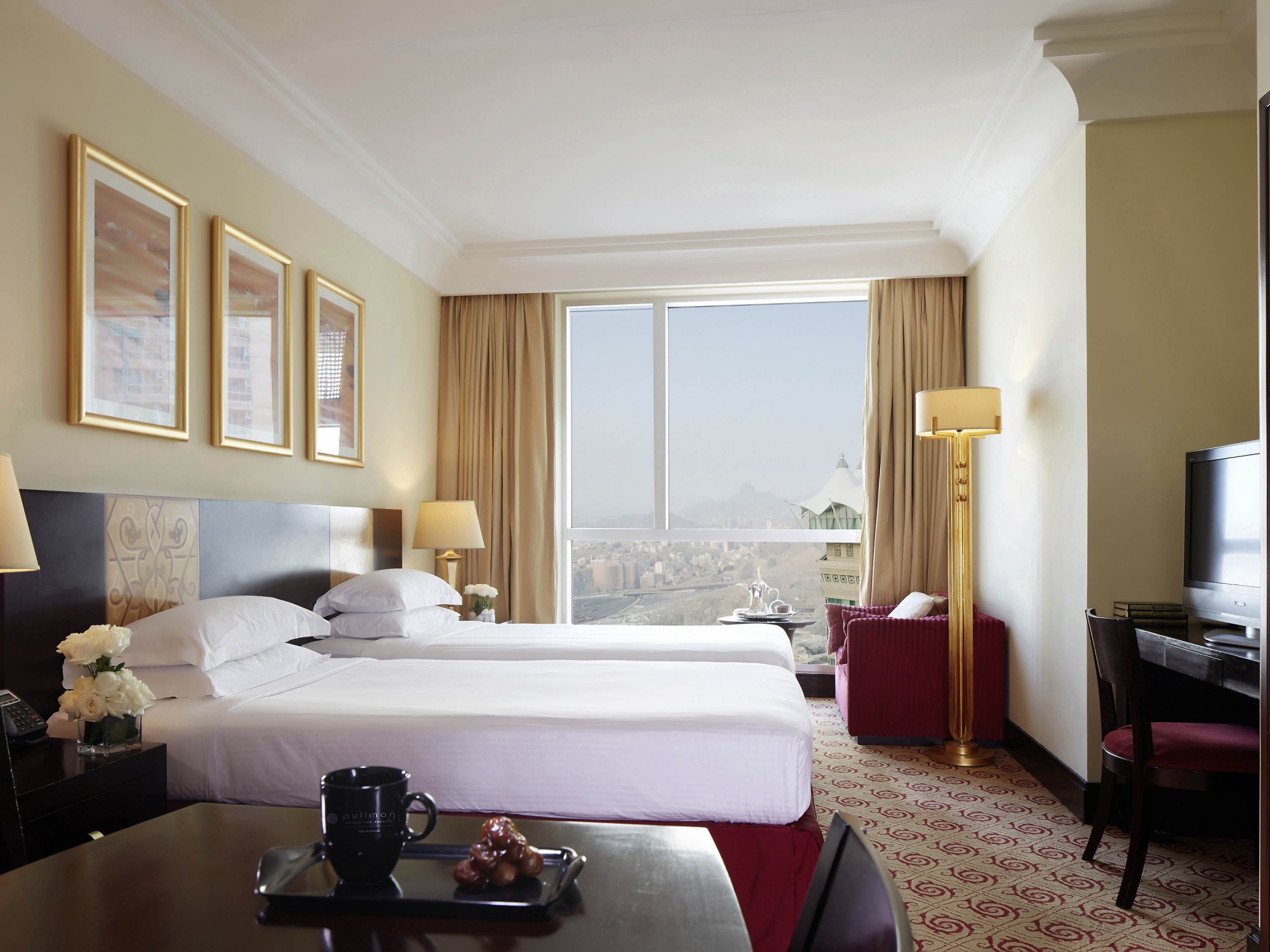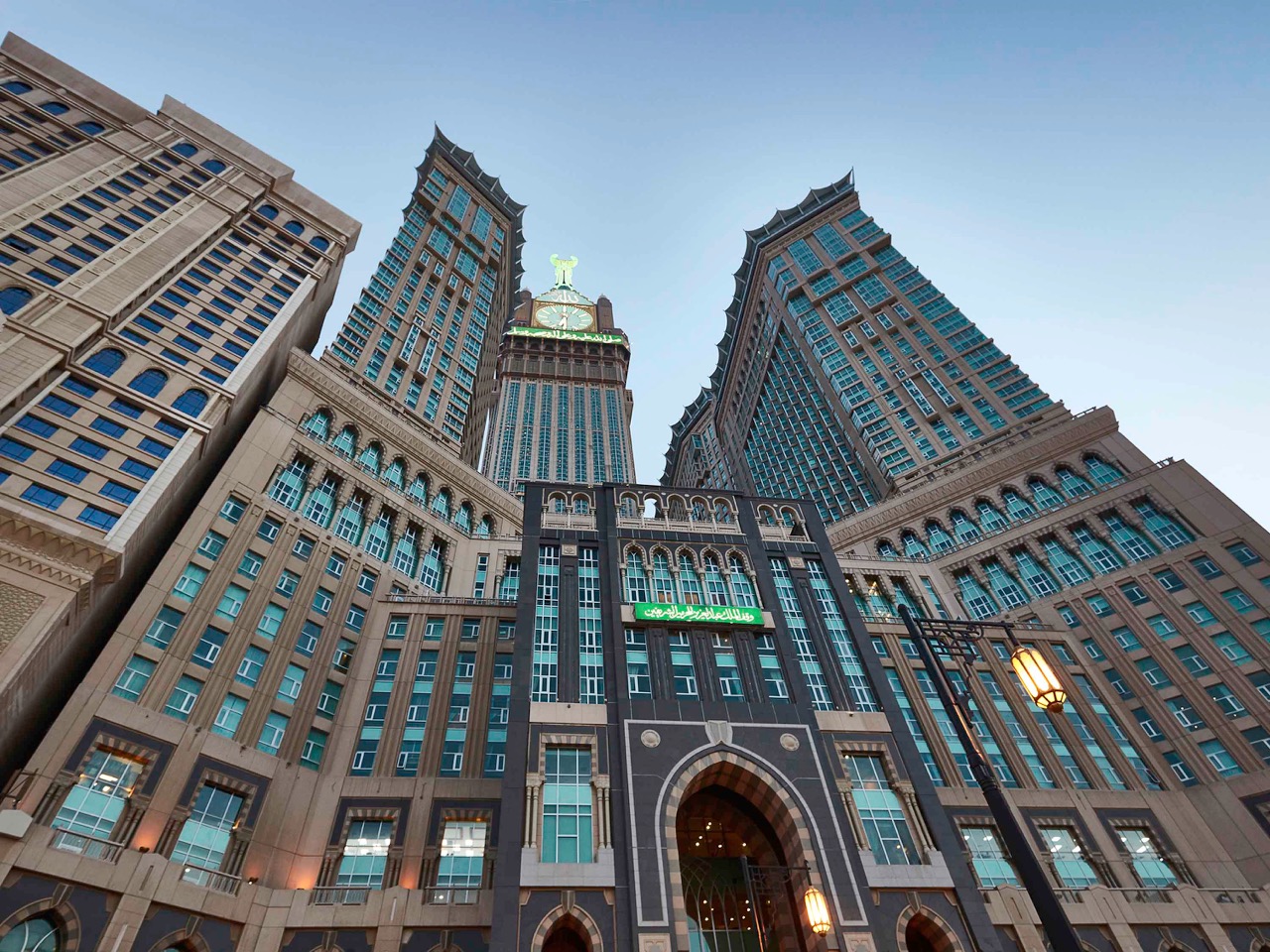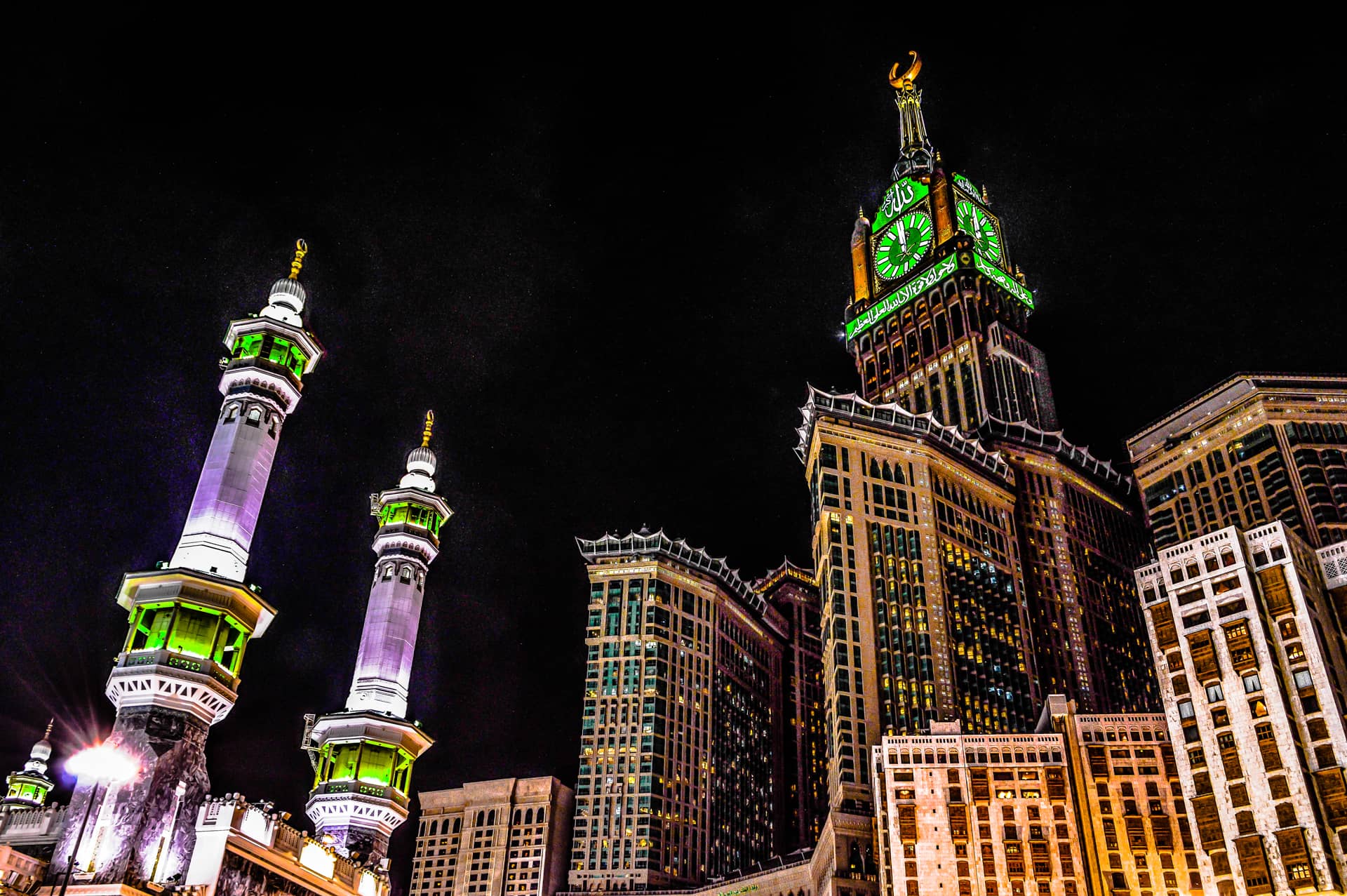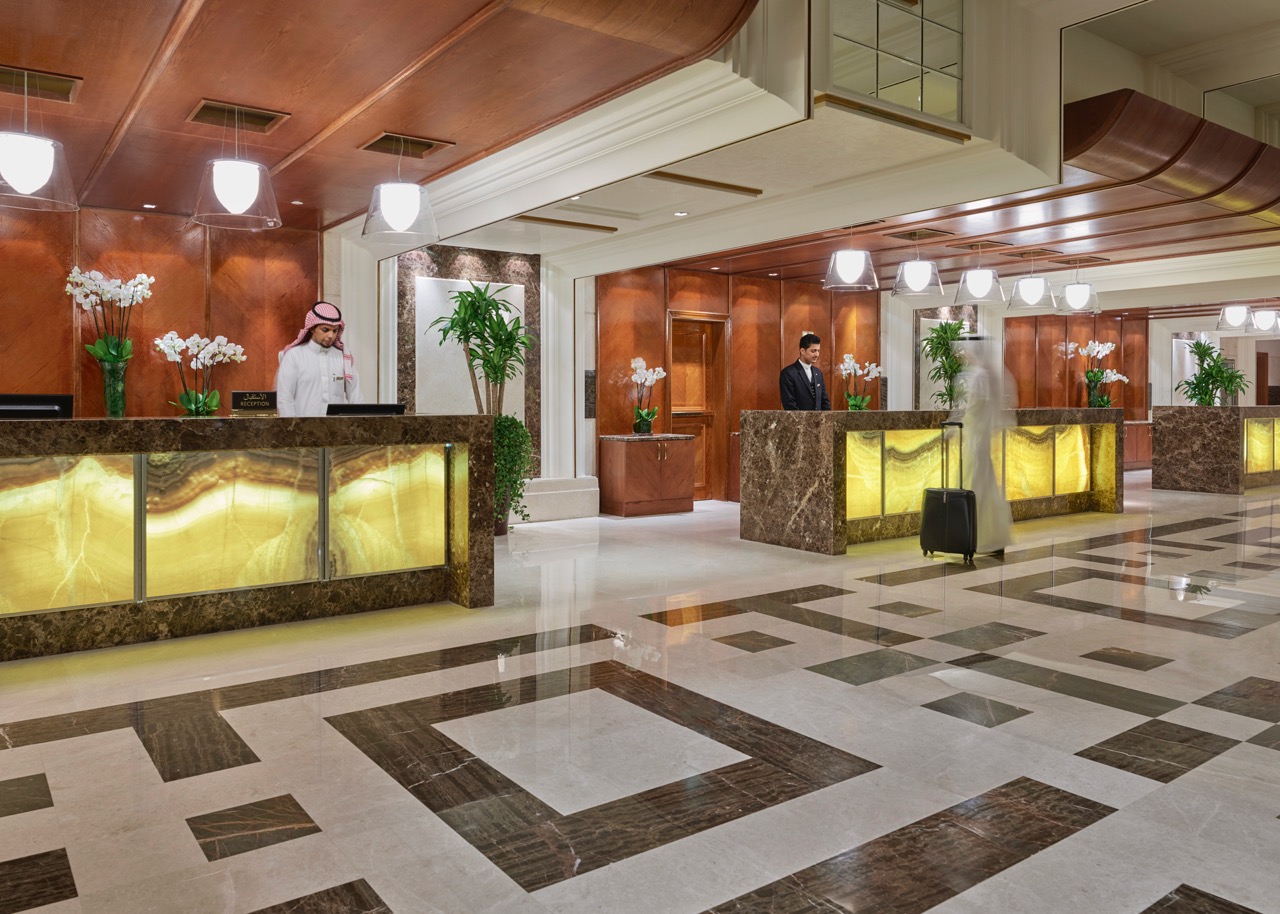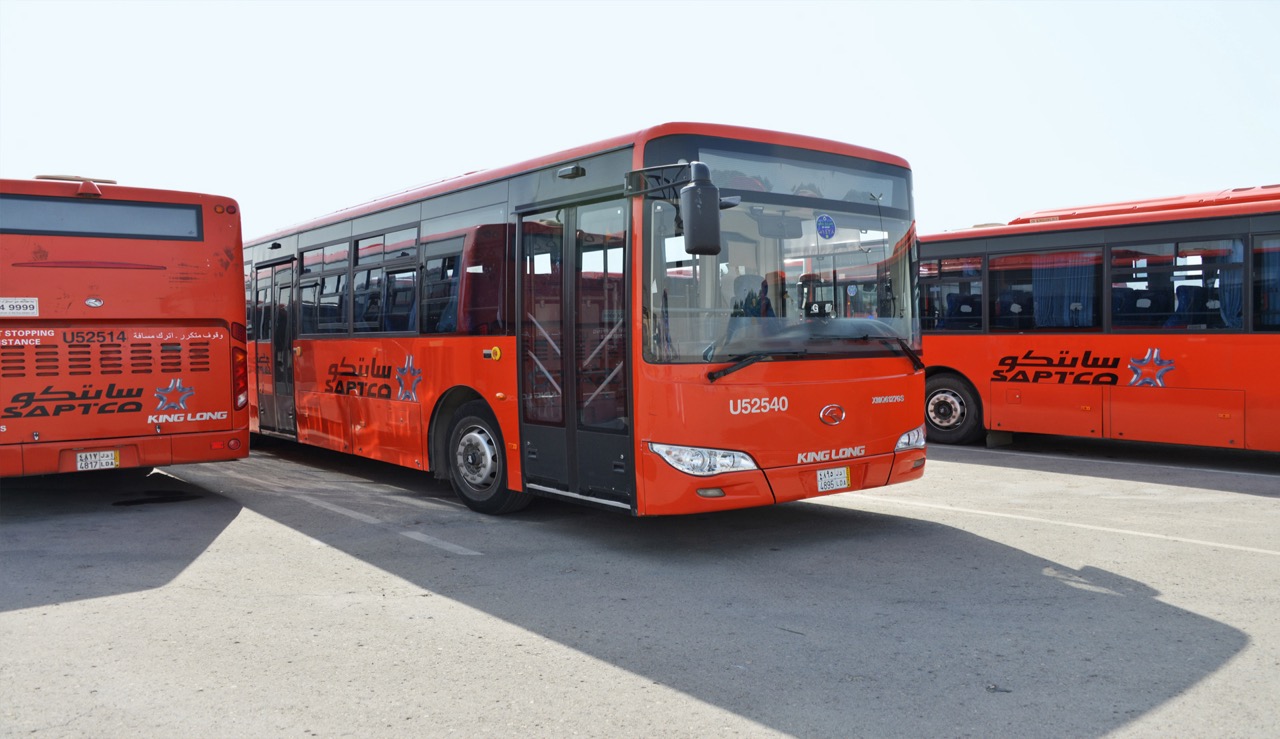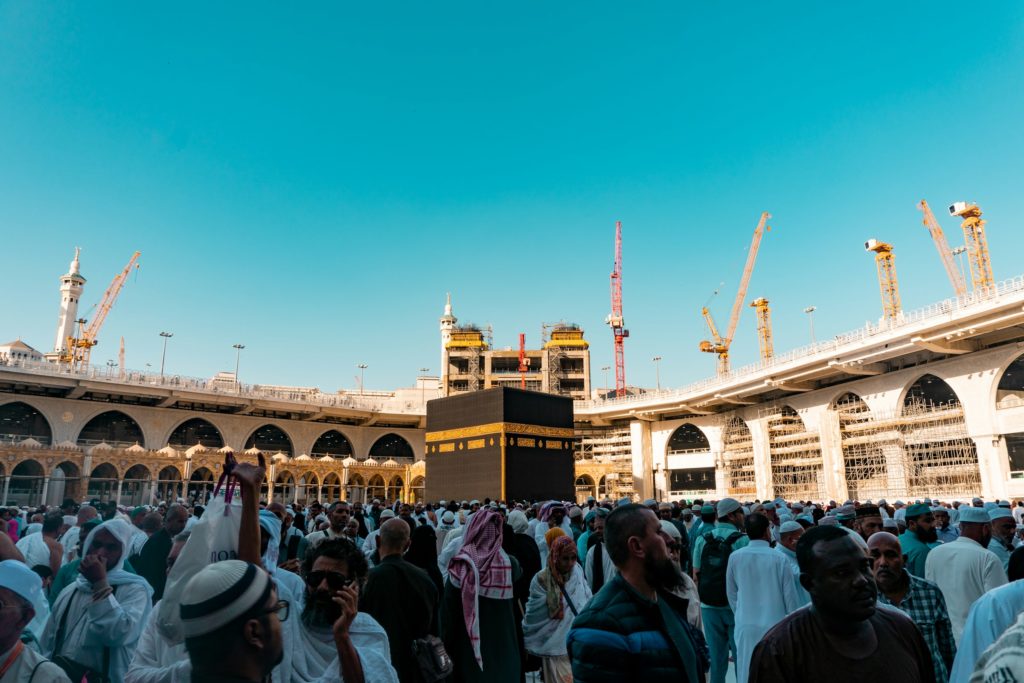Makkah & Madinah Blog
Be it a Hajj pilgrimage, a handy guide to Umrah, useful information for city exploration, or simply choosing a hotel in Makkah.
Creating a travel plan for your first holy trip to Mecca will require making a lot of choices.
Irrespective of where you live in the world and what you are planning to do during your stay, you can explore the holy city of Mecca through our Accor Makkah Blog.
From reviews on popular local events & festivals, information on 5-star hotels in Makkah near Haram, to handy guides to Umrah & Hajj pilgrimage and useful tips on things to do & places to visit in Makkah, our blog helps you stay up-to-date before you make your journey to the holiest city of Islam.


